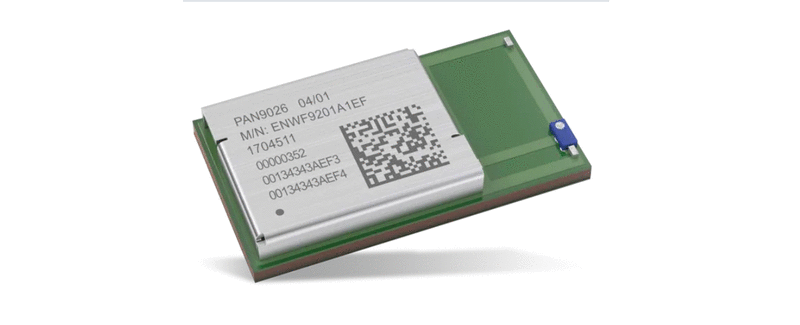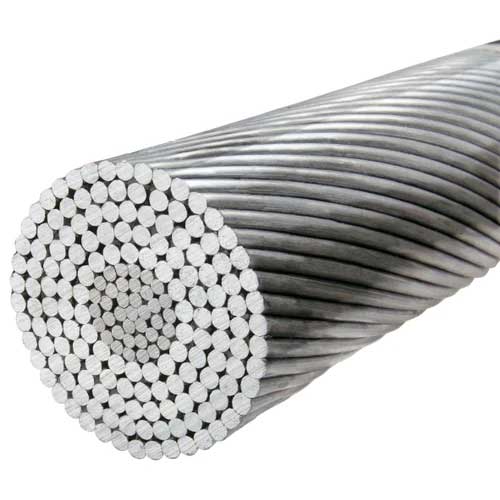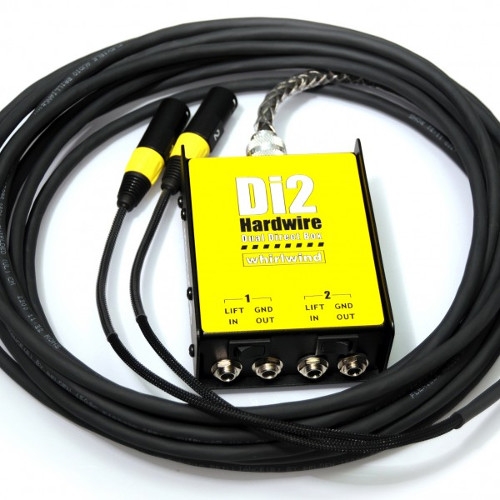Schedule a Call Back
WSN tech to deliver advanced sensing enabling Industry 4.0
 Articles
Articles- Aug 27,19

Related Stories

Hindalco partners with Ador Welding to enhance employees’ welding skills
Ador Welding Ltd and Hindalco School of Excellence have launched two key initiatives - the Training of Trainers (TOT) program and the Evaluation and Certification of Trainees in the welding trade.
Read more
Indore’s RR CAT plans AI-driven innovations in welding
RRCAT’s proposal, which aligns with the government's AI (artificial intelligence) vision in Amrit Kaal, has already secured approval at the Department of Atomic Energy (DAE) level.
Read more
SKF India dedicates a song to mechanics
SKF India - a manufacturer of bearings, seals, lubrication and lubrication systems – has released "Heroes of the Road”, a heartfelt song dedicated to the unsung heroes of the automotive industry..
Read moreRelated Products

Wire Rope Greases
Bechem Lubrication Technology offers a wide range of wire rope greases.

ACSR Conductor and Cable
TMA International Pvt Ltd offers a wide range of ACSR
conductor and cable

Hardwired Version Direct Boxes
Audio Ethics offers hardwires version direct boxes. Read more











